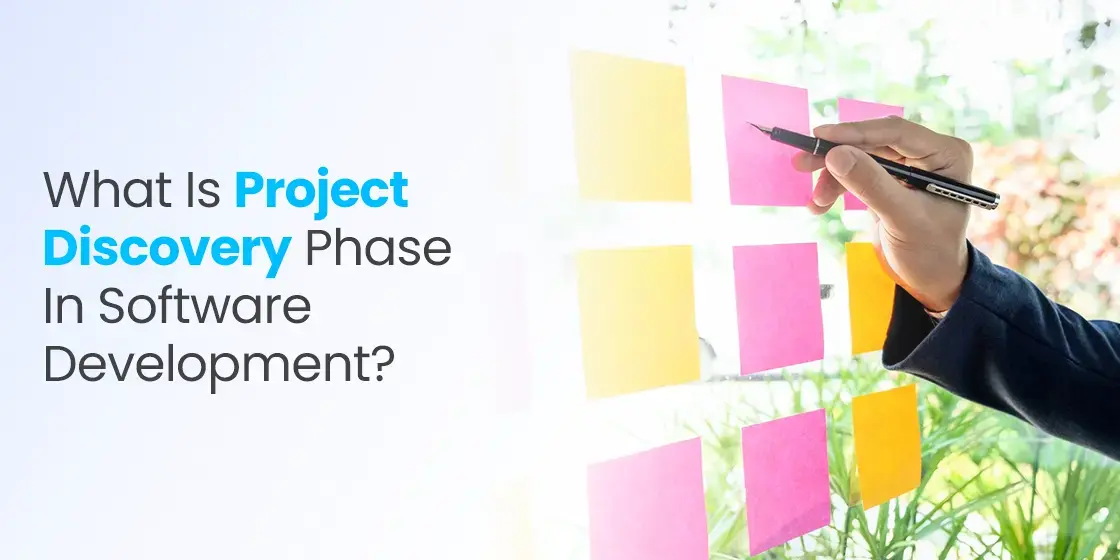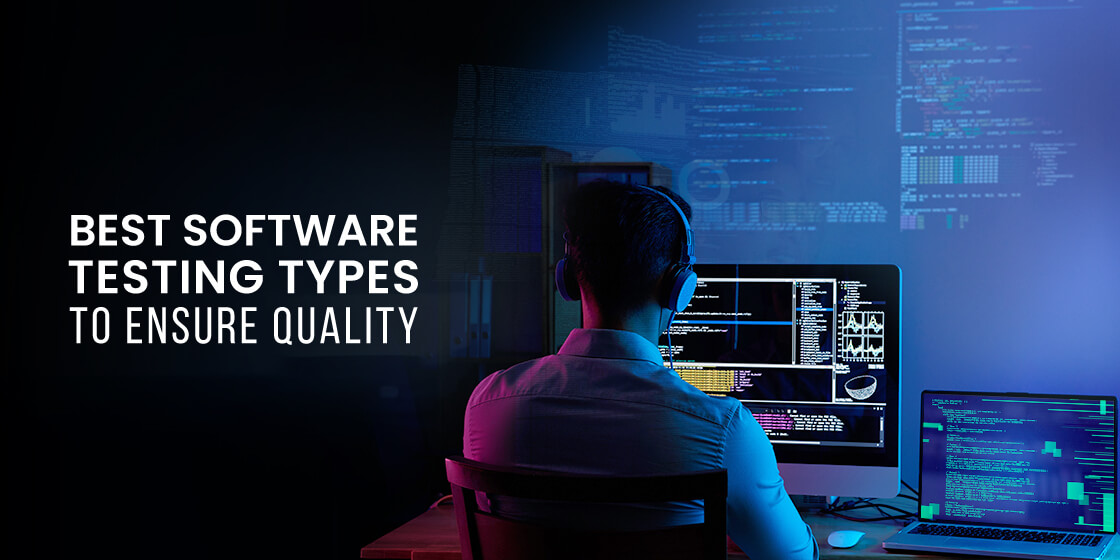Table of Content
Know How to Plan the Project Discovery Phase Properly
Every development team wants to complete given projects within a precised deadline. However, many times, things do not go smooth according to the plan, primarily because of emerging requirements and objectives. The solution of this problem lies in the early discovery of all requirements. A project discovery phase should be therefore allocated to find such problems. In this segment, developers should try to document all the objectives and goals of the project by working dedicatedly with clients. It gives them a complete clarity of the project which eventually allows them to work with better perfection.
Generally, the project discovery phase should be planned after the initial market research process. It gives developers a better view of the market and then plan the whole project according to it. Some teams however go into the discovery phase before the market research process. Both of these phases are basically interlinked with each other, so flipping one over another according to particular scenarios often becomes a good option for companies offering software development services.
If you want to know what is a project discovery phase and how it benefits development teams, read this article in detail. It will let you know everything about this phase, so that you can plan it better for your project as well. Let’s start from the basics understanding why development teams need to have complete information at the start of the project.
Why Gathering Complete Information is Important for Teams?

Development teams should have complete information before the start of a project to ensure clear understanding and alignment on objectives. This foundational knowledge helps teams define precise goals, identify necessary resources, and establish realistic timelines. When all stakeholders share a unified vision, it minimizes the risk of miscommunication and ensures that every team member is aligned with the project’s purpose. This clarity also enables the team to make informed decisions during planning and execution, enhancing overall project efficiency.
Additionally, having comprehensive information at the outset allows teams to identify potential risks and dependencies early in the process. By understanding all variables, including technical constraints, stakeholder expectations, and external factors, teams can create more effective risk mitigation strategies. This foresight reduces the likelihood of costly delays, unexpected changes, and rework, which can derail a project. It also empowers teams to proactively address challenges, fostering a smoother workflow and higher-quality results.
Furthermore, complete information facilitates better resource allocation and prioritization. When teams know the full scope of the project, they can assign the right personnel, tools, and budgets to each task, ensuring optimal use of available resources. It also enables teams to sequence work logically, reducing bottlenecks and improving productivity. Overall, starting a project with full knowledge builds a solid foundation for success, ensuring the team can deliver results efficiently and effectively while meeting stakeholder expectations.
What is a Project Discovery Phase?

The project discovery phase is the initial stage of a project where teams gather and analyze critical information to define the project’s objectives, scope, and functional requirements. This phase involves understanding the problem the project aims to solve, identifying the target audience, and outlining key deliverables. By engaging stakeholders, conducting research, and collecting input, the discovery phase lays the foundation for informed decision-making and helps ensure that the project aligns with business goals and user needs.
During the discovery phase, teams often use tools and techniques like workshops and competitive analysis to uncover insights. This stage is also where technical feasibility is assessed, and constraints such as budget, timeline, and resources are identified. The outcome of this phase is typically a clear project plan, including detailed specifications, a roadmap, and often a prototype or wireframe to visualize the end product. These artifacts provide a shared understanding among stakeholders and serve as a reference point throughout the project’s lifecycle.
The discovery phase is crucial for mitigating risks and setting realistic expectations. By investing time upfront to gather information and clarify objectives, teams can avoid common pitfalls such as scope creep, misaligned priorities, and unmet expectations. It also fosters collaboration and alignment between stakeholders and the development team, creating a solid foundation for project success. In essence, the discovery phase ensures that the project starts with a clear vision and a strategic approach to achieving its goals.
How to Plan Your Project Discovery Phase?

Every development team should know how to plan a project discovery phase. It helps them to know all the objectives and deliverables at the start of the project. If you do not know how to plan this phase properly, take a look at the tips defined below.
Gather Requirements
Gathering requirements at the start of the project discovery phase involves engaging stakeholders to understand their needs, expectations, and goals. This can be done through a combination of interviews, workshops, and brainstorming sessions with key individuals. During these interactions, it’s important to ask open-ended questions to uncover both explicit needs and underlying concerns that may not be immediately obvious.
In addition to direct engagement, teams should conduct research to gather contextual information. This can include analyzing existing systems, reviewing previous project documentation, and conducting market or competitor analysis to identify trends and benchmarks. Teams may also create user personas, customer journey maps, or workflows to visualize and organize software project requirements in a meaningful way.
Define a Timeline
The next step is to divide the discovery phase into smaller, manageable tasks and establish clear deadlines for each. Breaking the phase into specific activities ensures that all aspects of discovery are systematically addressed. Assigning responsibilities for each task to team members and setting deadlines creates accountability and helps maintain momentum throughout the discovery phase.
One effective approach is to schedule dedicated time each week for targeted activities, such as conducting market research or engaging with potential customers. This could involve organizing focus groups or holding one-on-one interviews to explore their needs and preferences. By creating a structured timeline, the team can track progress and adjust priorities as new information emerges.
Prioritize Tasks
Prioritizing tasks in the project discovery phase involves identifying activities that have the most significant impact on defining the project’s objectives, scope, and feasibility. Start by categorizing tasks based on their importance and urgency. Activities that directly contribute to understanding user needs, clarifying stakeholder expectations, or resolving critical uncertainties should take precedence.
Once tasks are categorized, align them with the project timeline and dependencies. High-priority tasks that unlock subsequent phases or inform key decisions should be completed early. Consider resource availability and ensure that team members with the necessary expertise are assigned to the most critical tasks.
Document All the Points
Documenting requirements, objectives, and goals during the project discovery phase involves creating clear, organized, and accessible records. Start by categorizing the information into distinct sections i.e. objectives, goals, and requirements. Objectives should articulate the high-level purpose of the project and the problems it seeks to solve, while goals outline specific, measurable outcomes the project aims to achieve.
Requirements can be further divided into functional and non-functional tasks. Use templates or standardized formats to ensure consistency and clarity. This structured approach ensures that all team members and stakeholders have a shared understanding of the project’s foundation, minimizing ambiguity and facilitating smoother execution.
Streamline Communication
Maintaining clear communication during IT project outsourcing is essential to ensure alignment and collaboration among team members. Regular check-ins, such as daily stand-ups, help the team stay synchronized and address any questions or concerns promptly. These touchpoints provide an opportunity to review completed tasks, and ensure that everyone has a shared understanding of the project.
To keep communication organized, leverage collaborative tools like Slack, Trello, or similar platforms tailored to the team’s workflow. Additionally, documenting key decisions and sharing meeting notes helps to create a central record, ensuring that all team members stay informed. Combining regular touchpoints with effective communication tools creates a transparent and well-coordinated discovery phase.
Frequently Asked Questions
| What is a project discovery phase? The project discovery phase is the initial stage of a project where teams gather information, define objectives, and outline requirements. It establishes the foundation for planning, mitigating risks, and achieving project success. |
| What are the benefits of project discovery phase? The project discovery phase ensures clear objectives, minimizes risks, and aligns stakeholders by uncovering key insights early. It improves planning, resource allocation, and the likelihood of delivering a successful project. |
| How to prioritize tasks in project discovery phase? To prioritize tasks in the project discovery phase, focus on activities that directly influence key decisions. It helps you to urgently plan those things that are more important in the project. |
Final Words
That concludes our entire article in which we have discussed everything related to the project discovery phase. Being a developer, it is important for you to understand and plan the project discovery phase properly. It allows you to organize the complete project correctly, keeping in view all the deadlines and important tasks. This blog is a good source of information for the beginners who are new to the field, having no knowledge about project discovery whatsoever. It has discussed all the basics of this phase, so that you can utilize it appropriately in projects.
Empower your digital initiatives with BariTechSol, a premier custom software development company. Our skilled team tailors cutting-edge solutions to your unique needs. Elevate your tech experience and stay ahead in the digital realm. Partner with BaritechSol and code the success of your next big idea.


